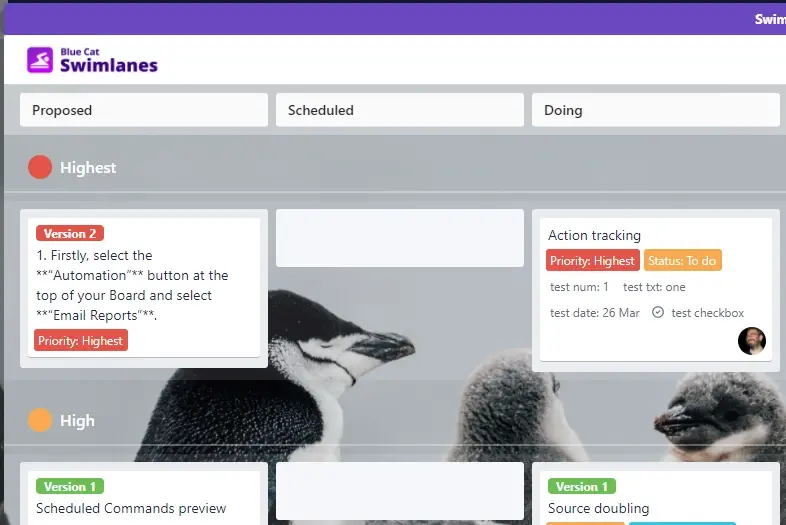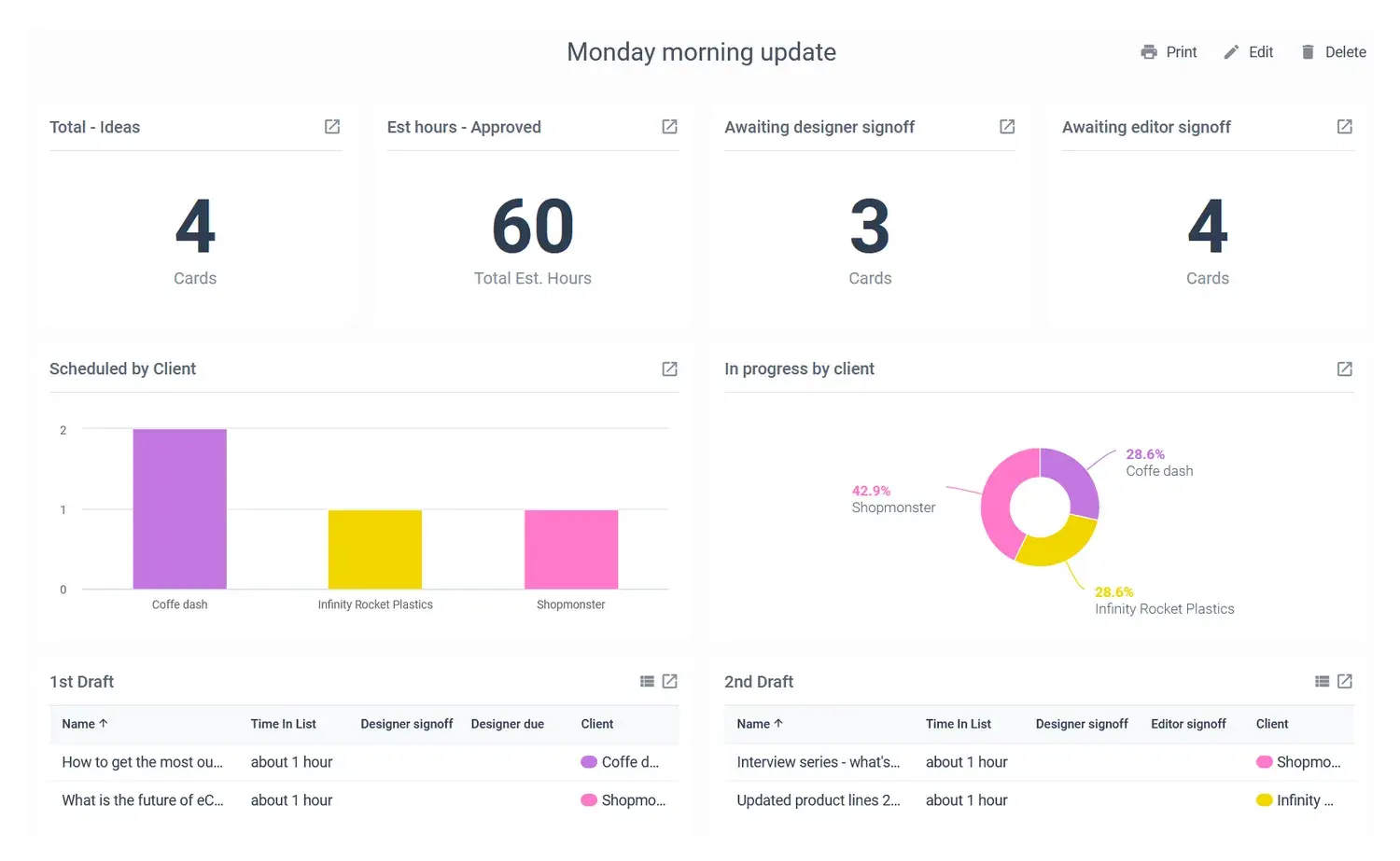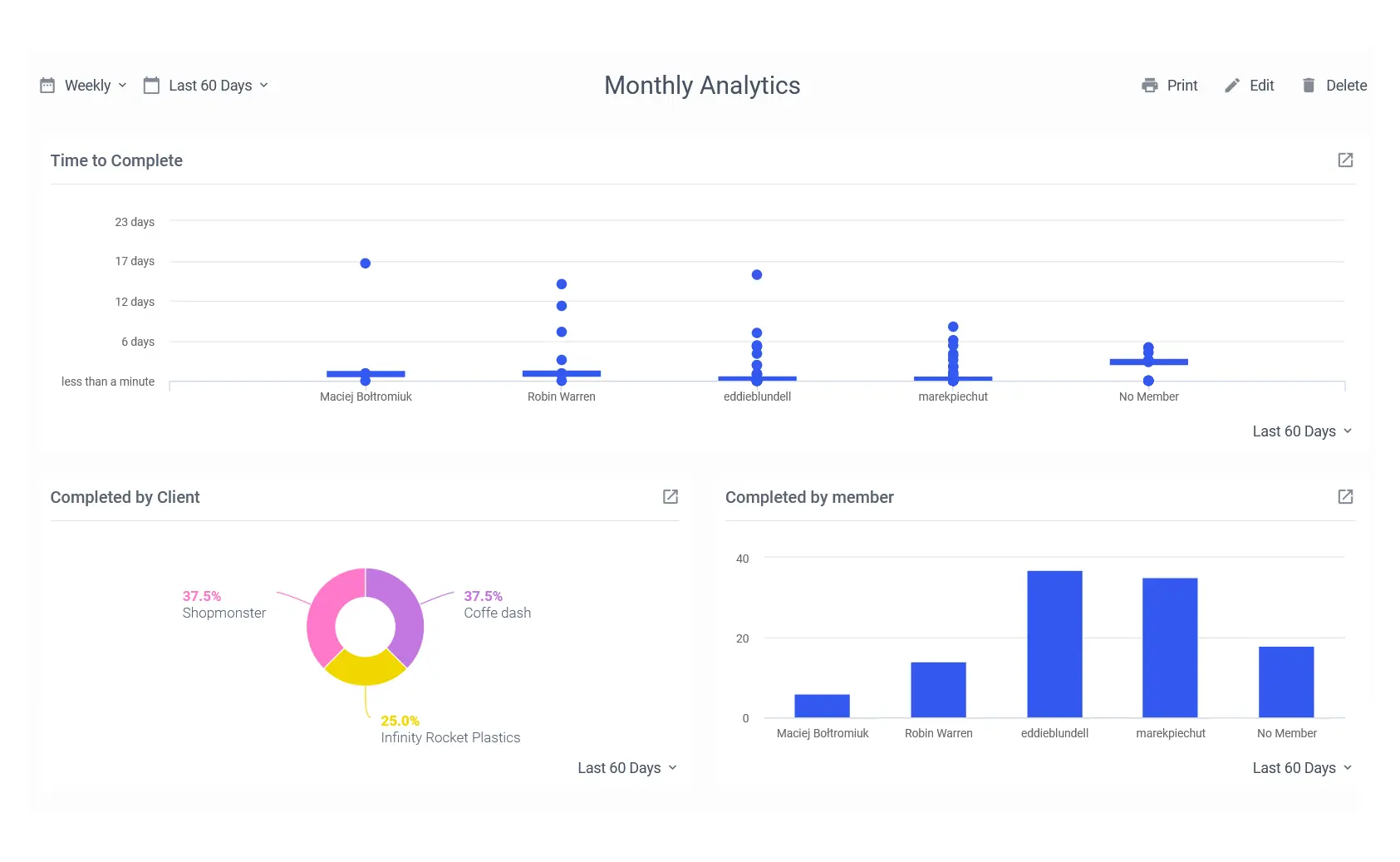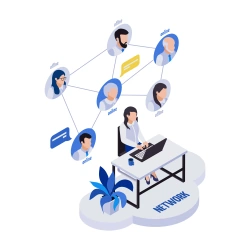Ad-Hoc Projects
Whether you are a project manager, an engineer, or in another business function, you have likely been in a position when something "urgent" has come up, and you have had to shuffle things, reprioritise initiatives, and re-allocate team resources to accommodate. While we can all agree that these ad hoc projects are not ideal, sometimes they are simply unavoidable.
So, what exactly is an ad hoc project? And what should you do if one comes up? These are all questions we will be answering in this article.
Managing ad hoc projects may seem like an oxymoron - after all, how can you manage something that doesn't have structure or rules? But there are many ways to organise, prioritise, and keep track of tasks when your work isn't standard in any way.
At Blue Cat Reports, we are dedicated to helping you manage your projects better and more efficiently, so we have compiled some tips that will help make your ad hoc projects both manageable and successful!
What is an Ad Hoc Project
An ad hoc project is one that's conducted on an as-needed basis, with no set time frame or budget, and with existing staff handling the project on their own time. Often, ad hoc projects are those that are defined and carried out to address a specific or unique business need rather than one that is part of a strategic plan. Ad hoc projects can be short-term or long-term, and some don't even have end dates.
Ad hoc projects can be taken on by internal employees of your company, but they can also be done by outsiders you contract out to – either full-time or part-time. Contractors are ideal for handling the work when you don't want to (or can't afford to) disrupt existing initiatives.
If you don't know how to manage ad hoc projects successfully, you could create inefficiencies, waste resources, and miss the mark on the project altogether.
How to Manage Ad Hoc Projects Effectively
So your boss has informed you of a new project that you must now fit into your team’s already packed schedule. Now it’s time to figure out what you’re going to do. Fear not; we have outlined a phased approach to ensuring the project is completed sufficiently on time.
Phase 1 - Evaluate the Project
When an ad-hoc project comes up, rather than hurrying to get to work (as you probably are inclined to do), it's best to take a step back and assess the project at hand. If you are quick to start assigning and moving things around without considering the full scope, you can create more work for the team and yourself. You can create a numbered scoring model or a simple kanban board to assess how urgent his ad hoc project really is.
Evaluating your project means assessing how much time it will take, what skills will be needed, what expertise is already in-house or if outsourcing would be best, as well as evaluating which tools and platforms are going to be required.
Phase 2 - Divide the Project Into Tasks
Ad hoc projects are temporary by definition, so they generally don't include any long-term commitments—and they often come with a timeline that's too short to allow for anything other than quick, immediate action. So for most projects, you will not be able to assign them to an individual person.
Often there are multiple items needed and dependencies for each task. For instance, you may need something from the design team before involving your developers. And perhaps you need help from both your frontend team and your backend team.
To make sure each piece of the puzzle is being attended to, you need to divide the overall deliverable into a series of tasks so you can assess what components are required and in what order. And, who knows, you might be able to integrate these ad hoc tasks into your main workflow to ensure that they’re being effectively done if they do become recurring tasks over time.
Phase 3 - Evaluate the Existing Projects at Hand
Now that you have determined what components will be needed to complete the task, the challenging part comes. You must now determine what needs to be moved around so your team can work on the ad-hoc project, and specifically, what are the most important or highest priority items at hand.
This is where having priority-sorted swimlanes on your board can help you easily see what things can be shifted around. This is when you need to determine where the ad-hoc project falls in priority. And sometimes, it’s ok to acknowledge that it is at the bottom of the list (in which case, less shuffling and scrambling is required.)

Phase 4 - Manage the Resources for Each Task
Now you know how the tasks need to be prioritised among the countless other things you have going on, it’s time to think about what resources are needed for each task. Ask yourself questions such as:
- Do you have an engineer who can develop this feature?
- Do you have a designer for the UI?
- Is there a specific specialty or skill level required?
- Who is the best person to work on each task and what are they already working on?
These questions can be challenging because sometimes, the engineer you need for the job is working on another high-priority item or requires a skill set that nobody on your team has.
In the latter case, you may have to source a resource from a third party outside of the organisation or bring in someone from another team. In these instances, there is often a learning curve element that also needs to be taken into account, which can delay the time to get the ad hoc project out the door.
Phase 5 - Assign a Timeline for Completion
This is an important step because it’ll help you determine how much time you need to complete your project. Sometimes you will discover that you will not be able to get the project done by its requested deadline, in which case, it's essential to communicate this proactively with leaders and stakeholders.
Phase 6 - Check-In Regularly On Project Updates
Even if you are on the other side of the world, there is a simple solution that allows you to check in with your team and still keep up to date with project updates: use a project management tool. With an online project management tool like Trello and a visualisation dashboard like Blue Cat Reports, keeping track of each person’s progress and making sure everyone is moving towards a successful outcome is easy.

Of course, it’s also not a bad idea to get verbal feedback on how things are going in recurring production meetings.
Other Tips for Managing Ad-Hoc Projects
Taking the phased approach to project management is one way to simplify the process of handling ad-hoc projects, but we have some additional tips for you below.
Use a Reliable Project Management Tool
If you're not already using a project management tool, now would be the time to implement one. Trello is a great option for managing various projects and tasks. It's free to use, easy to understand, and has everything you need to manage your ad hoc projects.
Use a Tool Like Blue Cat Reports to Track Progress
Blue Cat Reports is a visualisation tool that integrates with Trello to make it easy for you to see the status of your projects and the productivity of your team all in one place.

Standardise, Standardise, Standardise
When it comes to any project, you should have a standard process that gets the project from point A to point B. Whether using a template in your project management tool or simply making sure it goes through the necessary steps in the process, standardisation is crucial to creating an efficient workflow.
When it comes to ad-hoc projects—especially if it’s a relatively simple project- you may be tempted to message your developer and ask her to do it quickly, but we urge you not to do this. By not creating a ticket and treating it like any other project, you risk having it fall through the cracks or disrupting other projects that are underway. You may also create bad habits among yourself and your team that are likely to negatively impact productivity and efficiency far into the future.
Make All Requests Visible and Transparent to Leadership
One or two ad-hoc requests may seem harmless, but larger goals and initiatives are likely to suffer after the tenth one has interjected its way onto your team’s plate. For this reason, it’s crucial to make sure all ad hoc requests are transparent to everyone on your leadership team (yes, even if the leaders are the ones asking for them.)
After all, you don’t want them coming to you asking why things are behind or why there still hasn’t been progress made on a given initiative. The best way to avoid this is by making all requests visible to all key stakeholders. You can achieve this by standardising ad hoc requests and implement a project management visualisation dashboard; everyone can be aware of everything going on at a given time.
In Summary
While nobody likes accommodating ad-hoc requests, following these simple tips can help make them more manageable. Visit our homepage to learn more about how you can simplify your project management processes.


